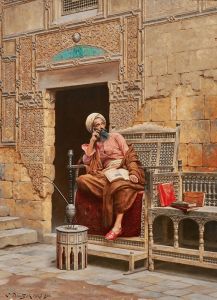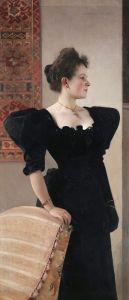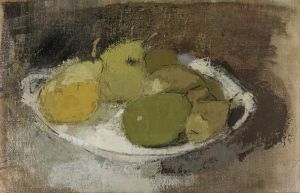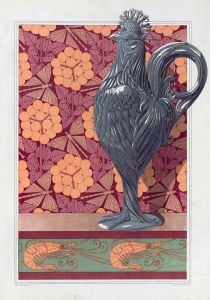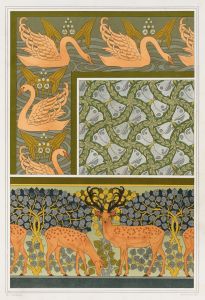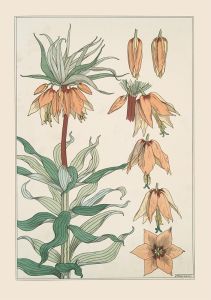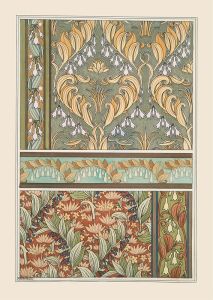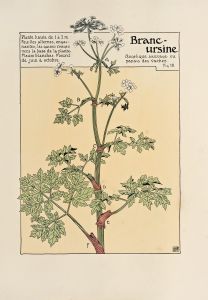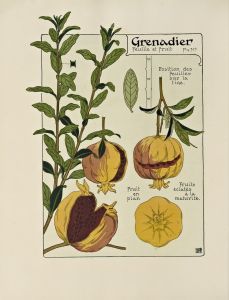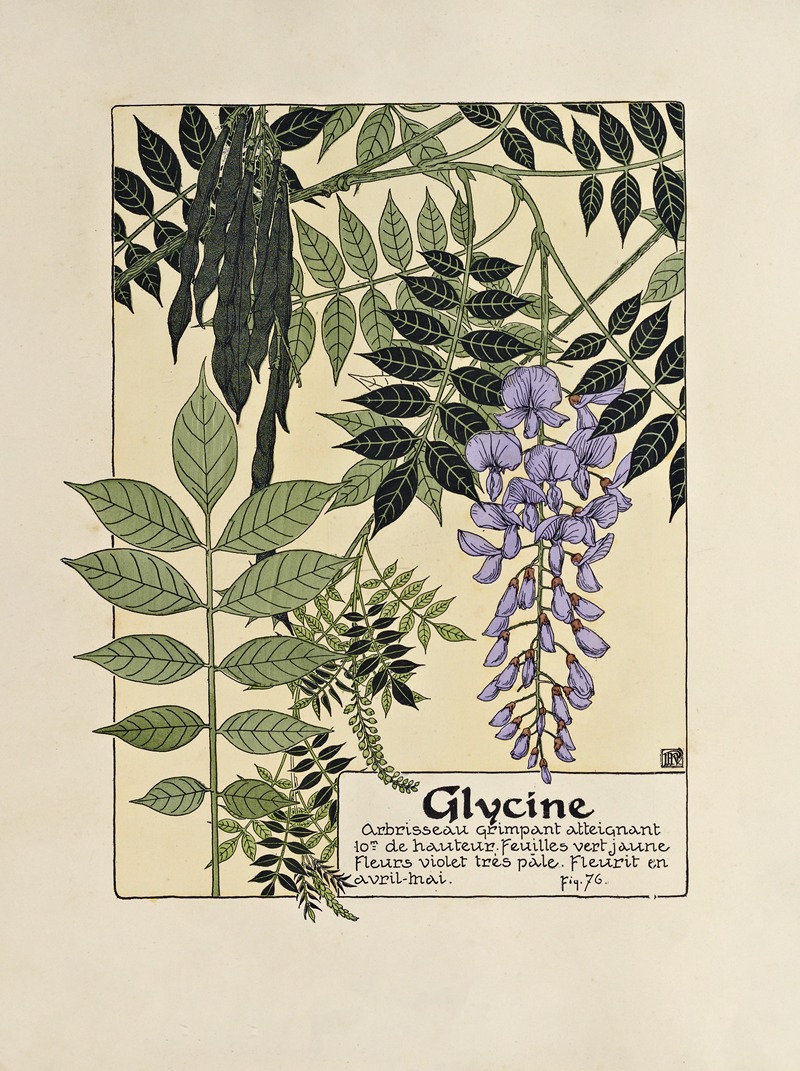
Glycine
A hand-painted replica of Maurice Pillard Verneuil’s masterpiece Glycine, meticulously crafted by professional artists to capture the true essence of the original. Each piece is created with museum-quality canvas and rare mineral pigments, carefully painted by experienced artists with delicate brushstrokes and rich, layered colors to perfectly recreate the texture of the original artwork. Unlike machine-printed reproductions, this hand-painted version brings the painting to life, infused with the artist’s emotions and skill in every stroke. Whether for personal collection or home decoration, it instantly elevates the artistic atmosphere of any space.
Maurice Pillard Verneuil was a prominent French artist and designer known for his contributions to the Art Nouveau movement, which flourished in the late 19th and early 20th centuries. His works are celebrated for their intricate patterns, vibrant colors, and the incorporation of natural elements. One of his notable works is "Glycine," a piece that exemplifies his artistic style and thematic preferences.
"Glycine," which translates to "Wisteria" in English, reflects Verneuil's fascination with the natural world, a common theme in Art Nouveau. This movement was characterized by its use of organic forms, flowing lines, and an emphasis on harmony between art and nature. Verneuil, like many of his contemporaries, drew inspiration from the natural environment, and "Glycine" is a testament to this influence.
The artwork features the wisteria plant, known for its cascading clusters of purple flowers. In "Glycine," Verneuil captures the elegance and beauty of the wisteria, emphasizing its delicate blooms and sinuous vines. The composition likely showcases the artist's skill in rendering botanical subjects with both accuracy and artistic flair. The use of color in "Glycine" would have been particularly important, as Verneuil was known for his vibrant palette, which brought his depictions of nature to life.
Verneuil's approach to design was heavily influenced by Japanese art, which was gaining popularity in Europe during his time. The Japonisme movement, as it was known, introduced Western artists to the aesthetics of Japanese prints, which often featured flat planes of color, asymmetrical compositions, and an emphasis on nature. These elements can be seen in Verneuil's work, including "Glycine," where the influence of Japanese art may be reflected in the stylized representation of the wisteria and the overall composition.
In addition to his work as a painter, Verneuil was also a prolific designer, creating patterns for textiles, wallpapers, and ceramics. His designs often featured motifs from nature, such as flowers, animals, and landscapes, rendered in the distinctive Art Nouveau style. "Glycine" fits within this broader body of work, showcasing Verneuil's ability to blend artistic beauty with functional design.
Maurice Pillard Verneuil's contributions to the Art Nouveau movement extended beyond his own creations. He was also an influential teacher and author, writing several books on design and decorative arts. His publications helped disseminate the principles of Art Nouveau, inspiring a new generation of artists and designers. Through his work and teachings, Verneuil played a significant role in shaping the aesthetic of his time.
While specific details about the creation and exhibition history of "Glycine" may not be extensively documented, the piece remains an important example of Verneuil's artistic legacy. It reflects the broader cultural and artistic trends of the late 19th and early 20th centuries, highlighting the intersection of art, nature, and design that defined the Art Nouveau movement. Maurice Pillard Verneuil's "Glycine" continues to be appreciated for its beauty and its place within the rich tapestry of art history.






